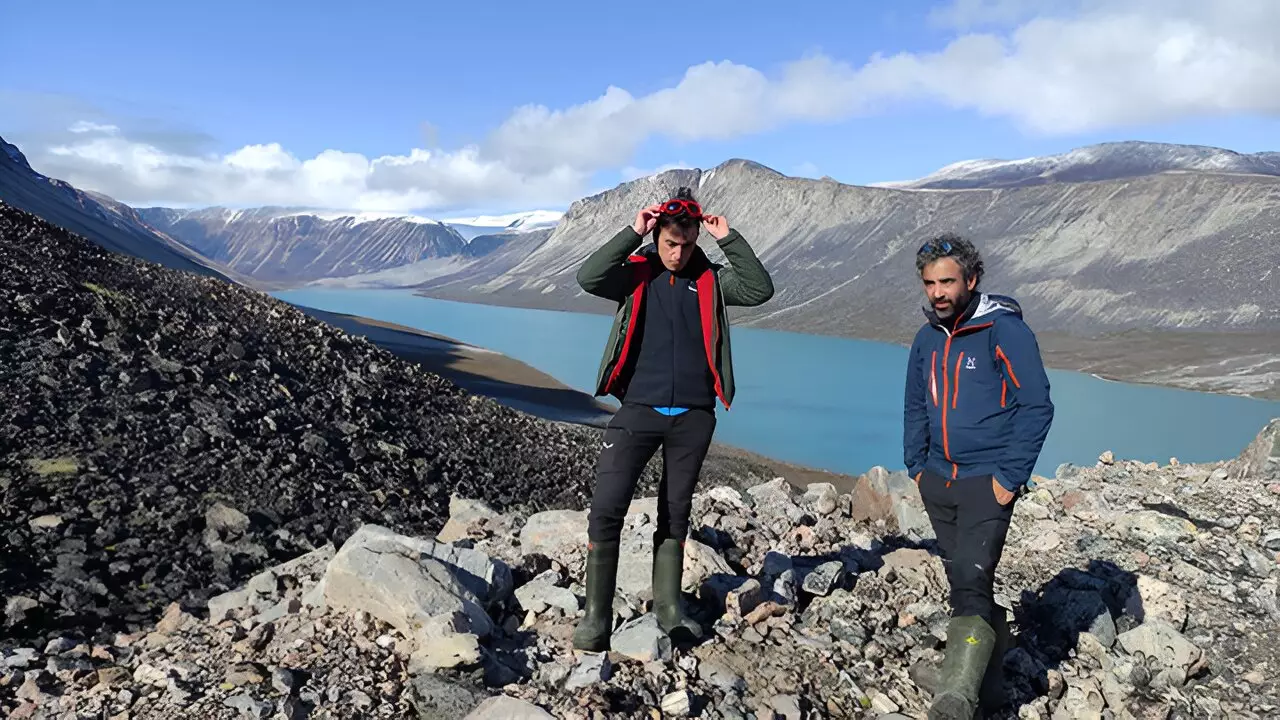The Greenland Ice Sheet, a colossal frozen expanse that plays a critical role in regulating global climate, is experiencing unprecedented melting due to climate change. A recent study spearheaded by researchers at the University of Barcelona reveals alarming trends-oriented evidence that not only underscores the grave situation in the Arctic but also foreshadows significant consequences for global climates, including that of Europe. This article delves into the findings of the study while exploring its broader implications and urging for immediate collective action.
An analysis of melting episodes in Greenland reveals a startling increase in extreme melting events over the last few decades. According to findings published in the Journal of Climate, summer periods characterized by pronounced melting were nearly twice as frequent from 1990 to 2022 compared to earlier decades (1950-1990). Noteworthy examples from recent summers illustrate the magnitude of this phenomenon: during the summer of 2012, Greenland lost an astonishing 610 gigatons of ice, while in 2019, this figure stood at 560 gigatons. Both amounts provide a formidable visual reference—equating to the volume of hundreds of millions of Olympic-sized swimming pools.
This dramatic ice loss fosters ecological and geopolitical concerns, potentially disrupting established weather patterns and impacting global sea levels. The study conducted by the ANTALP research group highlights the urgency of understanding these trends to better comprehend their implications.
The primary driver of increased melting in Greenland is climate change, fundamentally linked to an increase in greenhouse gas emissions. Recent research indicates that the Arctic is warming at a rate four times faster than the global average, rendering it particularly vulnerable to climatic changes. Researchers assert that the phenomenon is exacerbated by warmer and wetter anticyclonic air masses originating from northern latitudes. These changes lead to stagnant air over Greenland during the summer months, heightening solar radiation exposure while also diminishing the albedo effect—the natural ability of ice and snow to reflect sunlight.
Compounding the situation, researchers have noted that melting is no longer limited to traditional lower-elevation regions. The newly observed melting at higher elevations, which remained stable from 1950 to 1990, signals alarming structural changes within the ice sheet that increase the risk of icebergs calving directly into the sea.
The consequences of Greenland’s melting ice extend far beyond the Arctic. As the ice sheet continues to recede, it significantly contributes to rising sea levels—affecting coastal regions worldwide. The changes in sea level also have serious implications for socio-economic activities, with the potential to disrupt ecosystems, agriculture, and urban infrastructure in various regions.
Furthermore, alterations in atmospheric circulation patterns due to the influx of meltwater may create ripple effects on weather patterns, particularly in Europe. Researchers caution that shifted temperature and precipitation patterns could lead to increased instances of weather extremes, directly impacting the lives of millions.
The findings of this study send a clear message: the urgency of addressing climate change can’t be overstated. The researchers emphasize that projected climate scenarios suggest an escalation in these extreme melt events, necessitating immediate reductions in greenhouse gas emissions. Collective actions, whether through policy changes, sustainable practices, or innovative climate technologies, are essential to mitigate further impacts of climate change.
The crisis warning afforded by Greenland’s accelerated ice melt is not merely an environmental concern but a global imperative. With potential implications spanning continents, it serves as a call to action for governments, organizations, and individuals to prioritize behavioral shifts aimed at preserving not just the Arctic but the broader climate stability necessary for future generations. The time for decisive action is now.


Leave a Reply